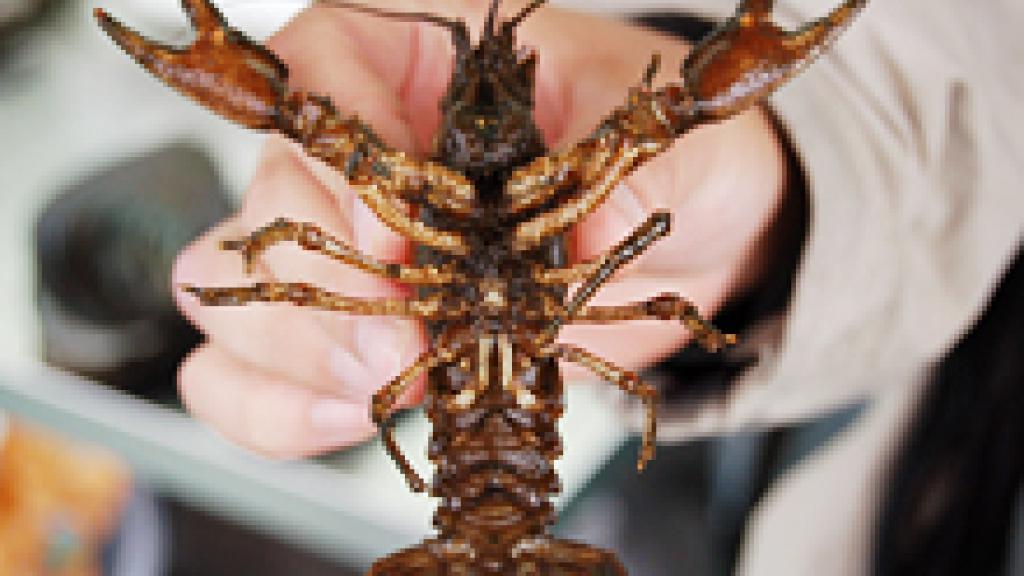Plants & Animals
The habitats created by the Danube and its tributaries host a unique mix of species. But many habitats are degraded by man-made changes to the river profile and width, water depth and flow velocity following the construction of dams, weirs and canals. Many migratory fish including sturgeon species and the Danube Salmon are endangered or close to extinction by being disconnected from their spawning grounds and habitats or by being over-exploited.

The Danube and its tributaries play host to a unique mix of species, with about 2,000 vascular plants and more than 5,000 animal species, including over 40 mammals, about 180 breeding birds, about 100 fish species, a dozen reptiles as well as amphibians.
The remaining large floodplain forests and the Danube Delta are the last refuges in continental Europe for the white-tailed eagle and the white pelicans. Despite being driven almost to extinction beavers have been successfully reintroduced in the upper and middle Danube.
Changes to the river profile and width, water depth and flow velocity following the construction of dams, dikes, weirs and canals massively disturb the aquatic environment by disconnecting animals from their spawning grounds or otherwise degrading their habitat. Migratory species such as the sturgeons cannot reach their spawning grounds and their habitats in the middle and upper Danube River Basin, due to river continuity and habitat interruption.
Most migratory fish including sturgeons and the Danube Salmon are endangered or close to extinction in the Danube Basin due to habitat loss, habitat degradation and over-exploitation. River and habitat continuity interruption, as well as the effect on water quality are currently investigated and addressed within the framework of the Danube River Basin Management Plan (according to the WFD).





